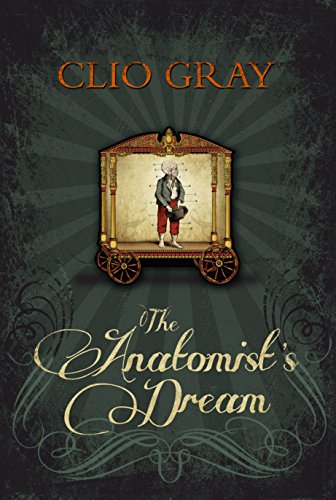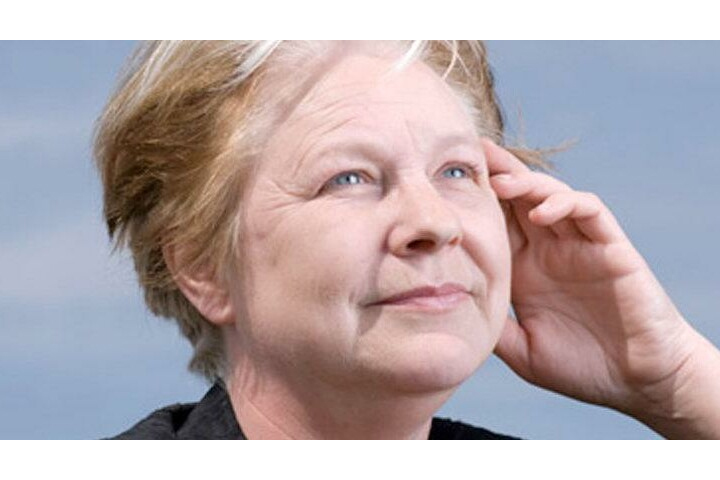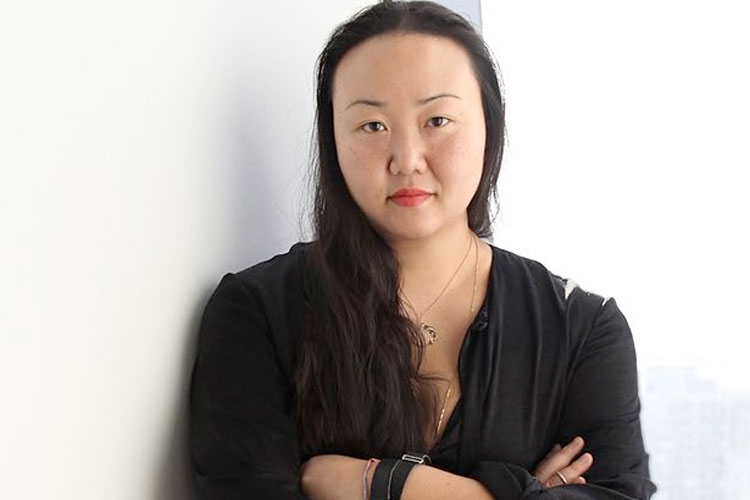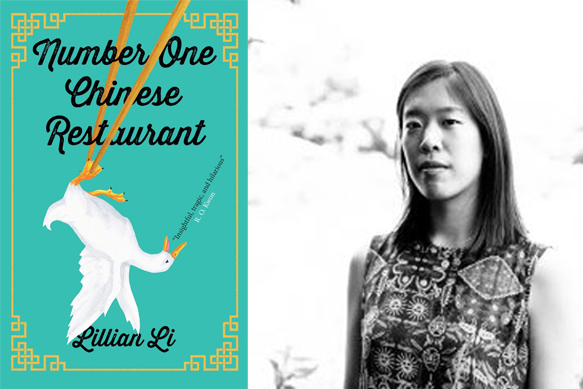From the Women’s Prize Archives.
We caught up with writer Clio Gray following her tenth novel The Anatomist’s Dream being longlisted for the 2016 Baileys Women’s Prize for Fiction (see the full longlist here). Read on to find out about the obscure sources of Clio’s inspiration, and why 1840’s Germany makes a fascinating backdrop to a novel.
The premise of The Anatomist’s Dream is so unusual, with such vivid characters. Where did the initial inspiration come from?
From an obscure writer, Phineas Fletcher, and his even obscurer poem The Purple Island (the island being a person, mind and body) followed by a paper chase through the index of Gray’s Anatomy and a load of etymological research. You did ask!
Why did you decide to set your novel in 1840’s Germany?
Such an interesting time and place – the peasantry uprising in independent pockets all over Europe due to famine, political upheaval and industrialisation; people forced to extremes in order to survive, like breaking into zoos to eat all the animals.

Did you do any particular research to enable you to write so convincingly about a 19th century travelling circus?
I’ve always had an interest in the odd and bizarre, and the whole tradition of popular and street entertainment provides exactly that, all about people existing on the margins, being on the outside looking in.
Do you have a particular place where you like to write?
I write in the bottom half of my kitchen, surrounded by a load of bookshelves crammed with my most referenced books – it’s the easiest room in the house to keep warm, and very near the kettle.
Are there any authors who particularly inspire your work?
I’ve read so much and so diversely throughout my life it’s difficult to pinpoint any one in particular, but Mervyn Peake springs to mind. His Gormenghast trilogy is a masterpiece that no longer gets the attention it deserves.








